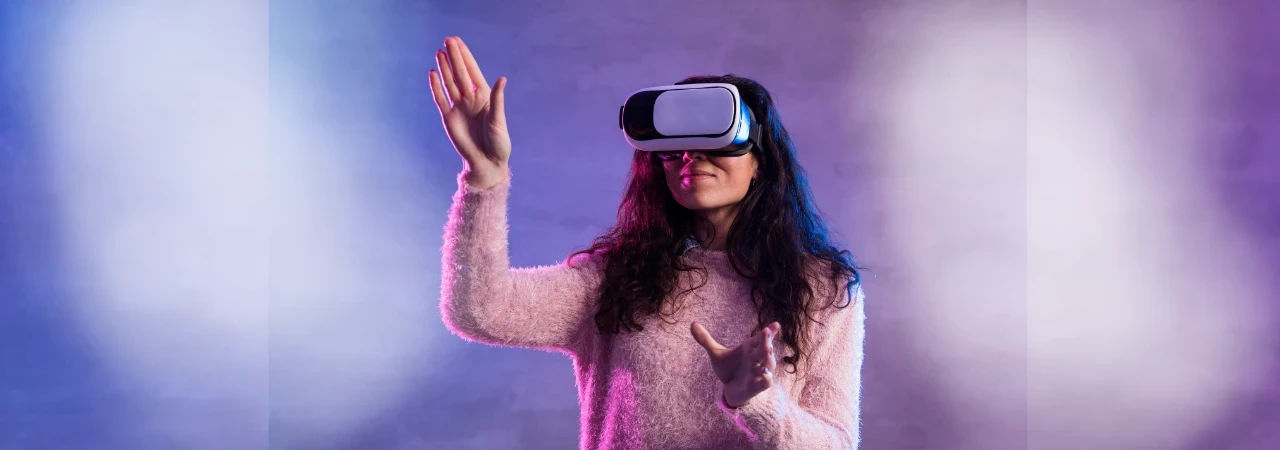
According to BIS Research, the AR and VR market in the healthcare domain generated around $1.08 Billion in 2018, and it is projected to grow over $11.14 Billion by 2025. The healthcare community has realized the potential of these cutting-edge advanced technologies in improving healthcare delivery. AR VR technologies are poised to bring in significant disruption in the healthcare industry in the next few years.
What is AR (Augmented Reality) and VR (Virtual Reality)?
AR (Augmented Reality) enhances our real world by adding digital information to it in the form of images, text, and audio. On the other hand, VR (Virtual Reality) is a fully immersive digital world where the real world is absent altogether. Pokémon Go and PlayStation VR are real-life examples of AR and VR respectively.
Though AR and VR may sound like very futuristic technologies, AR first came into effect in 1968. Ivan Sutherland developed the first head-mounted display system using various computer graphics techniques. Then, in 1974, Myron Krueger developed Vide space, which was the first virtual reality interface. The first fully functioning AR system called ‘Virtual Fixtures’ was developed by Louis Rosenberg in 1992.
How do AR and VR work?
For AR, a series of data that includes images, videos, sounds are used, which then can be seen by people using phones, tablets, or laptops in the real world. For this, specific hardware components (like camera, display, processor), along with sensors and appropriate software are necessary.
VR, on the other hand, is a computer-simulated three-dimensional artificial environment that takes the user into an alternate world, completely shutting out the real world using a stereoscopic display. Stereoscopic display works by displaying two slightly different angles of the scene to each eye, which in turn stimulates the depth along with parallax, thereby creating an almost real-life like experience.
How will AR & VR rule healthcare?
The most significant advantage of AR and VR is that it can be modified according to the requirements of any industry, which resulted in increased adoption of their applications in various sectors. From training new doctors to diagnosing a patient’s ailment, AR and VR found multiple uses in the healthcare sector.
1. Training doctors using AR/VR:
Several places around the world have no access to proper healthcare facilities either due to the lack of resources or due to the absence of trained professionals. Virtual Reality can be used in such scenarios to teach medical professionals, thereby preventing any unfortunate events. Medical students and physicians around the globe, being equipped with a handset that supports VR/ AR, can get a good value for training and teaching.
2. Improving surgery methods:
Similarly, AR and VR can be used to obtain three- dimensional images of various vital organs for a better understanding of patients’ ailments. Using AR and VR along with robotics can also prove to be a significant development in the healthcare sector.
3. Treating neurological and psychiatric conditions:
Using VR, the patient’s underlying traumatic conditions can be found out and treated accurately. By using VR, the brain’s cognitive functions can be identified, and thereby, measures can be taken to help the patient recover.
4. As a part of hospice care:
In extreme cases, where it has become inevitable that the patient is not going to make it, healthcare does not simply end. AR/ VR technology can be used to address the emotional needs of the patient, either by making sure they get to visit their favorite places or get a feel of places or events they may never get to experience otherwise.
For instance, patients facing terminal illnesses can experience the joy of bungee jumping, cliff diving, or seeing a waterfall up close. Besides, it can help deal with anxiety, and open up topics such as the end of their life and what comes next, as a vital form of emotional support, and can help make the last moments of someone’s life valuable.
Examples of AR/VR used for patient care:
1.AccuVein AV400 vein viewing system:
AccuVein allows medical professionals to scan the veins of the patient in real-time using augmented reality, to help locate veins for IV and blood draw accurately on the first try. AccuVein enabled healthcare providers to improve the quality of the treatment, thus providing enhanced patient experience and satisfaction.
2. HoloAnatomy:
Cleveland Clinic partnered with Microsoft to launch a HoloLens App called HoloAnatomy, which enables viewers to study human anatomy with a high level of detail.
The future of AR/VR in healthcare:
The Healthcare sector is adopting new tools and methods to provide high-quality care for patients with the help of cutting-edge technologies. AR / VR technologies are expected to have an enormous impact on healthcare, helping medical professionals from training to rehabilitation to real-time knowledge sharing; attempting to make our trip to the hospital a less painful one.

